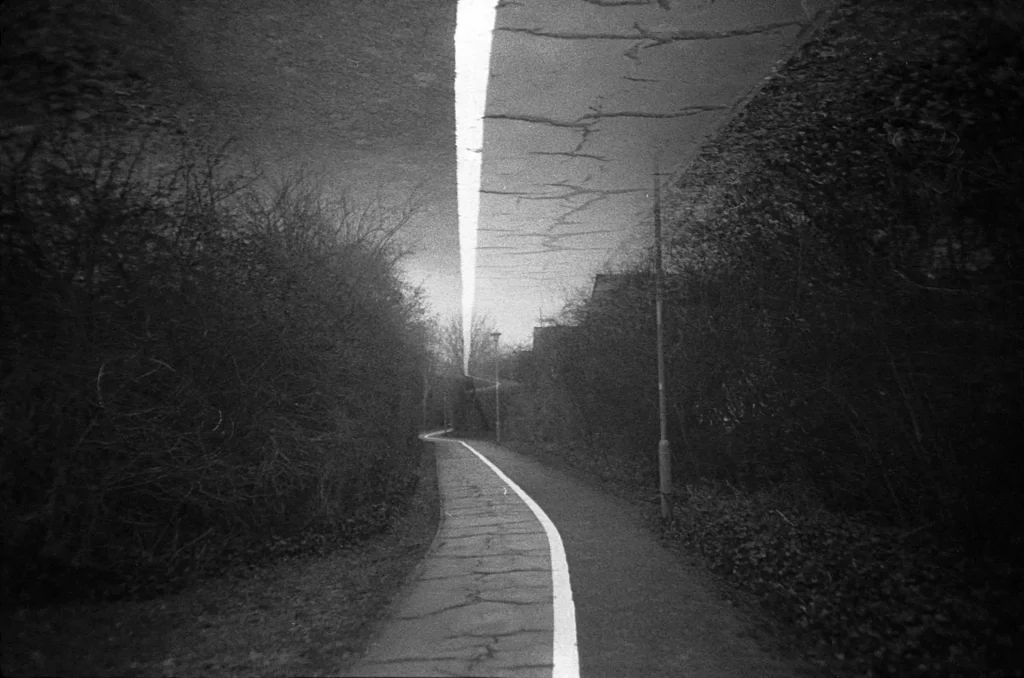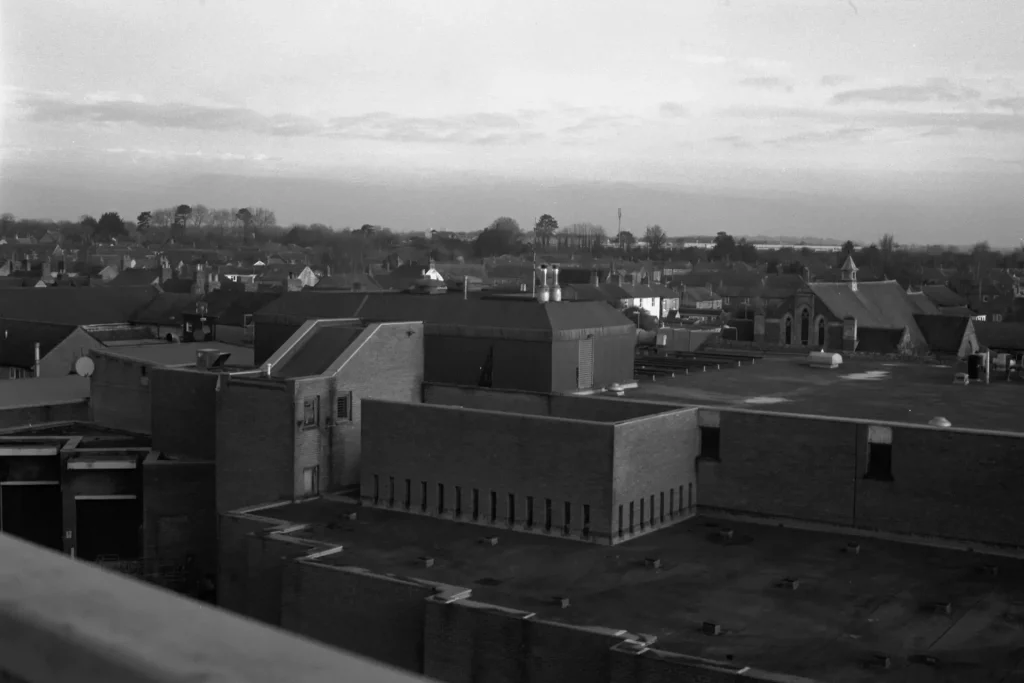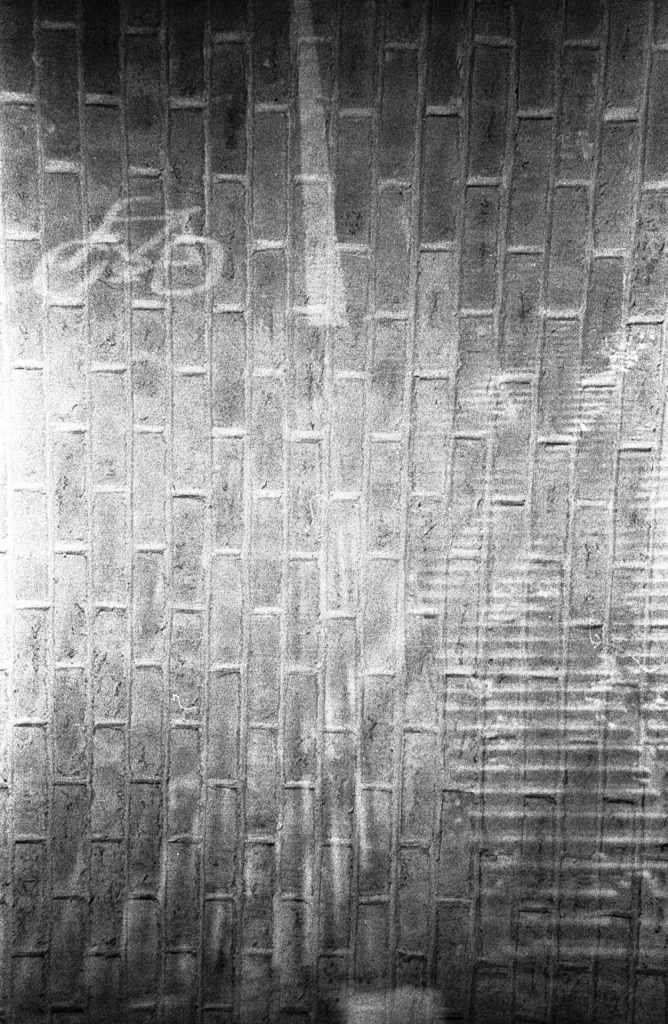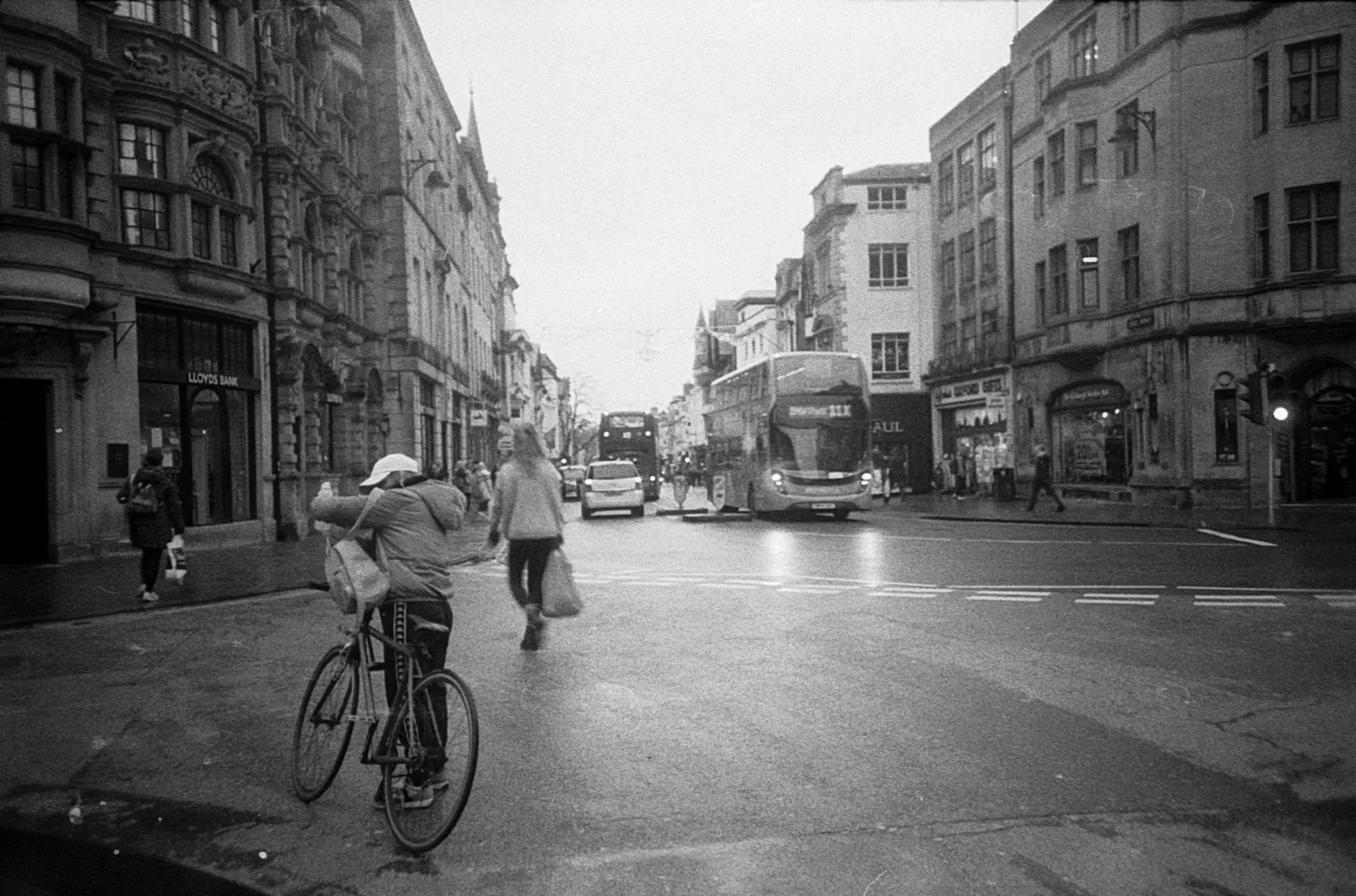Just over a year ago I started my journey into film photography, so I thought it would be nice to look back at some of the advice I received when I first started shooting, how that advice has worked out for me, and indeed how, from my point of view, I would reword that advice to a beginner today.
I have to admit that I am not in the place I would like to be as I have not been able to practice as much as I would have loved to (covid), but I have made some steps ahead and now I certainly understand more about film and this fascinating world, so I hope what I have to say is of some use to some of those out there who have just started their journey.


Let’s start with two of the bits of advice I received that most stuck in my head – they were:
“When you go shooting bring a notebook and write down all the info about the images you take”
and
“Stick with one film/developer and learn how handle them”
Well, let me first say, I have not been very good following these bits of advice, especially the first one…
Making notes is definitely a good idea, but actually I’ve found I rarely use the notebook when taking photos. The primary difficulty I found with taking notes is that, because I am not very well organised, once I have shot 2 or 3 rolls and written down all the setting for every single shot, I then mess something up when I’ve got the negatives in hand. Maybe I’ve been able to write down all the settings correctly, but when I have got the rolls on the light table, I have difficulty pairing the shot with its settings.
And actually, I don’t get a lot out of the experience when I do. I have the settings and the results, but I no longer have the experience of the place and the light in the way I did when I was there. I also find taking notes removes something from the experience of taking photos too – I just don’t want to think about needing to do both.
As a result, my advice would still be to suggest to people to take notes, but don’t worry if you find it doesn’t work for you. If it doesn’t work for you, like me, you might find practice and repetition of processes will do you as many favours. Get out there, enjoy taking photos, and do it as much as you can. The more you go out taking photos the more you learn. And don’t be disheartened by your failures, instead se them as learning opportunities.
Maybe I still need to come up with a better way to organise myself and my photography. I do take notes at home about the development times and other information I learned about the developing process. But notes just seem more useful, not to mention easier to make in the darkroom.

The problem with the second bit of advice is obvious to me. It’s like asking a child when entering into a candy shop for the first time to only pick one sweet. Not just for then, but also for the foreseeable future too. The child is going to want to taste all the candy as much as possible, and probably all in one go!
The same is for film. When you start looking around on social media and websites, it is so difficult to stick to just one film. You would like to try all of them in different scenarios and be able to reproduce all the fantastic tonalities and effects you see in other people’s work.
So here my advice would be a bit different. I would suggest to a newbie to film to feel free to look around and try the films that hook you in, but after a while you will hopefully find the one that works for you. It might be an accident, and you shouldn’t take too much in terms of judging the results from your early rolls, but when you find one that works for you at that moment in time, it is definitely a good idea to try and hone your skills with just that film. Doing this allows you to begin to build on your style and hone your workflow too.
Obviously, in this period, you shouldn’t expect to be able to produce the perfect and beautiful shots you might see from other people with the film you have chosen. You are just tasting the flavour of what is going to come, and with practice you should see improvement happening quite quickly.
In summary, I think the answer is almost not to think too much about some of the advice you might be given. Yes, take it onboard, but in reality I think it’s good to do what works best for you. But one way or another, getting out, taking photos and practicing has to be the best thing you can do!
If you fancy, you can check out my Instagram or twitter.
You can read more about my journey into shooting film here.
Cheers,
Andrea
Share this post:









Comments
Gabriele B on Looking back on Two Pieces of Advice Given to me as a Beginner – By Andrea Bevacqua
Comment posted: 13/06/2021
I'd like to add one bit of wisdom to your second advice thought. It's not just about the film to stick with but the combination of optics/camera//film and learn how to judge light around you.
My advice is to look back at those negatives shot in the discovery phase and search for consistency, we all seem to prefer some combinations and, with volume, our preference would stand out.
Comment posted: 13/06/2021
John Fontana on Looking back on Two Pieces of Advice Given to me as a Beginner – By Andrea Bevacqua
Comment posted: 13/06/2021
I can honestly say that having kept such a record, I don't think it has ever altered my technique. I still shoot each frame as I see fit in the moment.
What has been useful, as you suggest, is the record of stats relating to development of the film in order to arrive at personally optimal settings for each film.
And I agree, variety is the spice of life.A voyage of discovery with different films is one of the joys of film photography.
Thanks for your article.
Comment posted: 13/06/2021
Arthur Gottschalk on Looking back on Two Pieces of Advice Given to me as a Beginner – By Andrea Bevacqua
Comment posted: 13/06/2021
Comment posted: 13/06/2021
David Hill on Looking back on Two Pieces of Advice Given to me as a Beginner – By Andrea Bevacqua
Comment posted: 13/06/2021
Comment posted: 13/06/2021
Jack on Looking back on Two Pieces of Advice Given to me as a Beginner – By Andrea Bevacqua
Comment posted: 13/06/2021
I've acquired many film cameras during the pandemic. Became a hobby. So I have lots of film cameras and many of them have various film in them. The best I can do with note-taking is keeping track of what camera has what film in it.
And I'm lucky I can get that done.
I send my film out for development and scans and I'm learning to keep records of what film was used on what camera. That's the important record for me.
Comment posted: 13/06/2021
Ken Rowin on Looking back on Two Pieces of Advice Given to me as a Beginner – By Andrea Bevacqua
Comment posted: 13/06/2021
Comment posted: 13/06/2021
Matt on Looking back on Two Pieces of Advice Given to me as a Beginner – By Andrea Bevacqua
Comment posted: 13/06/2021
The advice to keep notes is excellent, but I don't think you were keeping the right notes! The notes you want to keep are the ones that report your observations and your process - things like what you observed about the lighting and subject, how and from where you took your meter reading and how you applied the reading. Just recording the numbers doesn't really help. You want notes that record what you were thinking, what you were trying to do and how you went about it.
And as for one film and one developer vs. experimenting, choosing a comparison "standard" makes the experimenting much more useful and fun. If your "standard" is Tri-X in D-76 developed normally according to the Kodak datasheet (which is a standard that many could relate to) your experiments can be better evaluated in comparison.
Comment posted: 13/06/2021
Daniel Castelli on Looking back on Two Pieces of Advice Given to me as a Beginner – By Andrea Bevacqua
Comment posted: 14/06/2021
I'm glad to hear you're still working with film!
Here's my feeling on taking notes: If you're working in large format, or shooting with a camera that has an interchangeable then note taking for technical reasons makes sense. Ansel Adams kept detailed technical notes on each exposure. It was one of the pillars of the zone system. He tested everything to control the photo process. He kept notes of his testing/exposure/developing/printing. He did some work with Hasselblad and he would carry several pre-loaded backs, each with a notebook. With one back, he'd only shoot scenes where the film needed 'normal 1' development. Well, of course you'd need a notebook to keep all of it in order. Mess up and the whole thing tumbles down around your head. But, if you're working in 35mm, you'll no doubt shoot a variety of subjects and different types of lighting conditions. You need to develop your film so the majority of your snaps will come out. Or, you can bulk load 35mm in short rolls, get a few cameras, and do the Ansel Adams thing...
That being said, I do take notes. But, they are scribbles of where I was, what the weather was like or if I grabbed a bite of lunch. A name of someone who would like a copy of a photo. These get organized when I get home. Just recently, I went into the darkroom to print a specific set of negatives from the summer of 2017. I had to make around 20 prints, and my moleskin (I know, I know...) notebooks helped me sequences the order of the negatives to print. Nothing about f/stops, but one reference to a nice roadside diner in Vermont (cajun hash/scrambled eggs/strong coffee.)
I did follow the advice from a seasoned photographer about the one film/one developer technique. My film is HP-5 . I know what it will give me. I've used it for 40 years. No surprises. I don't want blue-tinged prints or cross-processed color film. I want to show people what I see, and I prefer a basic, B&W film.
Now, this my official piece of advice for anyone working with a LTM Leica or a M1. 2, or 3. Buy some take up spools on eBay and load up some film. When you're done shooting and have rewound your film, you just need to drop in to the camera a film/take-up spool all ready to go. Back in action in no time.
Wishing you continued good film adventures!
Dan
Comment posted: 14/06/2021
Rich on Looking back on Two Pieces of Advice Given to me as a Beginner – By Andrea Bevacqua
Comment posted: 15/06/2021
I would advise a new photographer to play - - err, experiment - - with their equipment, and get to know it. And DON'T stay with just one film! Explore. Find out what's out there, see what they can do for you.
--Rich
Comment posted: 15/06/2021